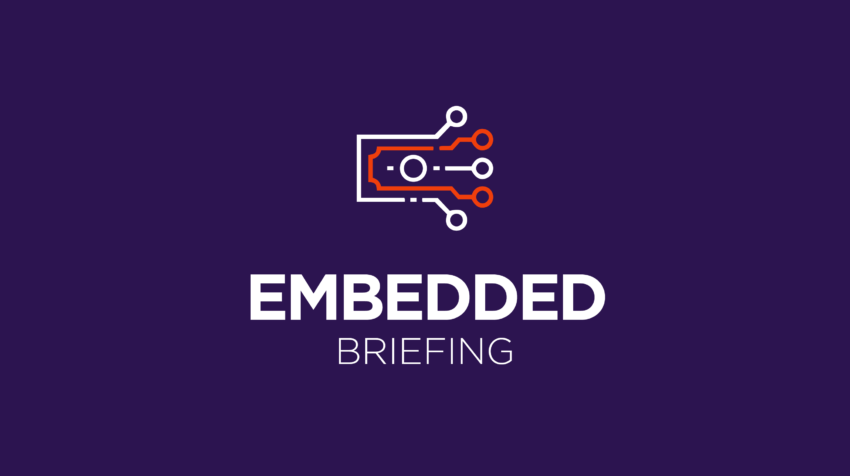Embedded Finance, Member Exclusive
Embedded Briefing: SMB servicing presents strong potential for embedded finance
- Across the US, UK, and Europe, the SMB embedded finance market presents a $110 billion opportunity.
- SMBs are demanding easier access to capital, simplified financial management, and card issuing capabilities.








